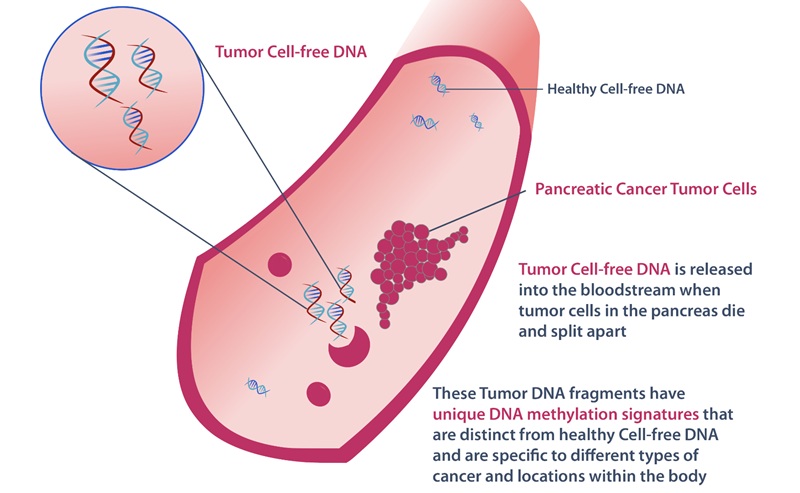Groundbreaking Genomics Method to Improve Early Detection of Genetic Diseases
Posted on 02 Dec 2024
Researchers using next-generation sequencing are uncovering valuable insights from the non-coding segments of human DNA, which were once considered "junk DNA." These segments, called non-coding RNAs, hold critical information on the presence of diseases. In a new approach, scientists are working to adapt laboratory equipment initially designed to analyze only mRNA, the coding parts of genetic material, and also examine the non-coding regions of DNA. This innovative genomics technique could reveal the genetic mechanisms behind both human health and diseases, offering a potential method for early detection of conditions like cancer and dementia. The research, published in Genome Biology, proposes a novel approach to exploring the root causes of various diseases.
Over the past two decades, researchers have used advanced tools to analyze non-coding RNAs and identify the 3% of sequences that are coded. As part of the Canadian Epitranscriptomics Project, scientists at the University of Manitoba (Winnipeg, Canada) are leveraging this technology to create the "Epitranscriptome Atlas," which aims to map the remaining 97% of the human genome. This effort will enhance our understanding of how alterations in non-coding RNAs contribute to disease.

“My lab applies what we call next-generation sequencing and bioinformatics to magnify the impact of recent advances in AI algorithms,” said Dr. Athanasios Zovoilis, associate professor of biochemistry and medical genetics in the Max Rady College of Medicine. “The right equipment for this new field of study has been in our lab for some time, but we lacked the tools to use it to its fullest potential, until now. The impact of employing AI and novel genomics approaches is that researchers across the world can now leverage next-generation sequencing in the new field of epitranscriptomics, exploring the genetic interactions of non-coding RNAs.”
“If we imagine the human genome as an atlas of the earth, with each gene represented by one satellite image, we have so far revealed fewer than 36,000 of the necessary 1.2 million images to complete our atlas. The mapped RNA sequences represent specific human tissues, and we are now able to begin filling in large sections of our atlas to pinpoint the genomic locations of diseases and other important biological functions for the first time,” Zovoilis added.














